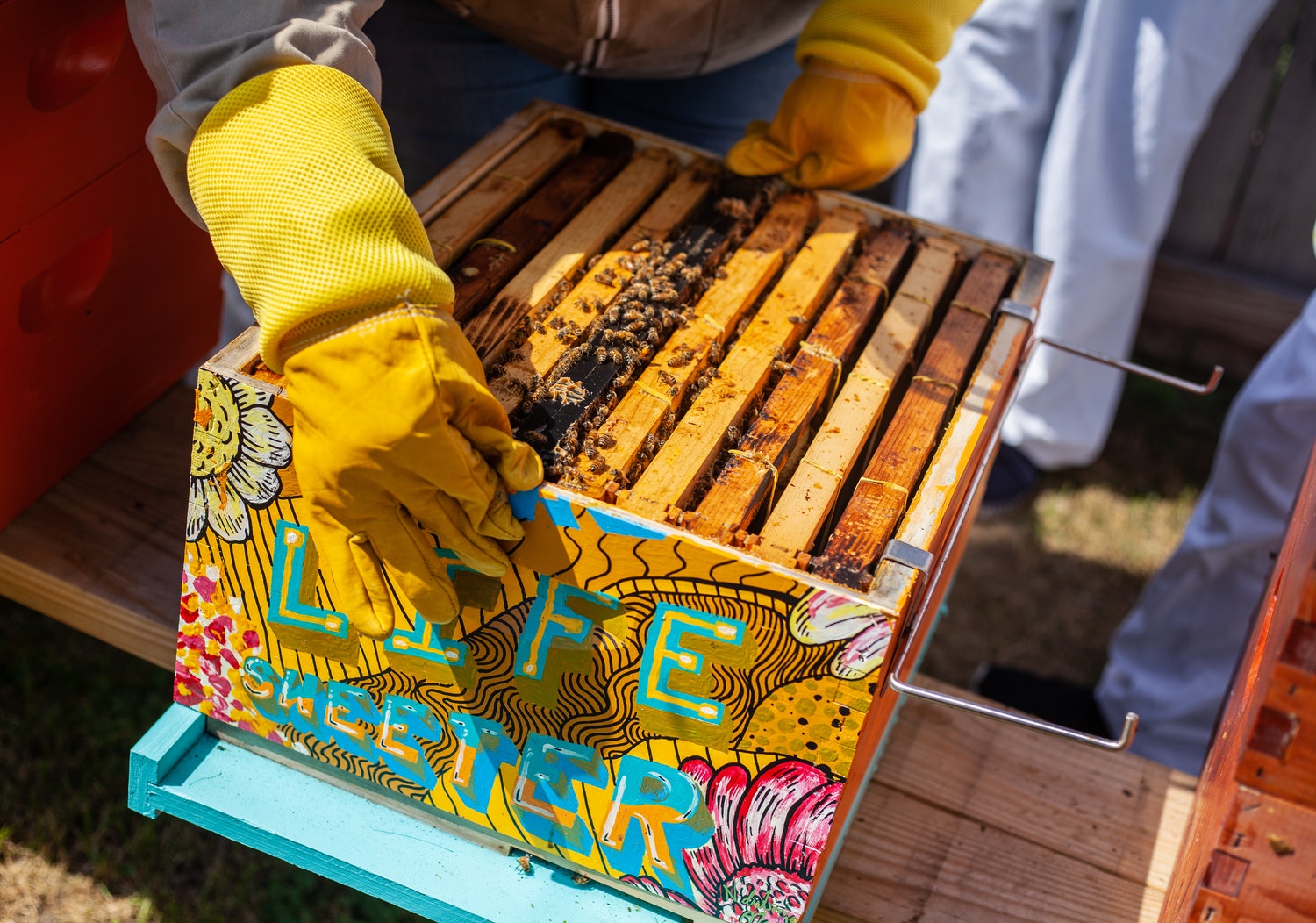The api they are the guarantors of our ecosystem, so much so that it is said that the day they disappear, life on our planet will also disappear. Truth or not, in fact it is bees, together with other insects, that guarantee the pollination cycle, on which 90% of all wild plants with flowers and 80% of the plants that produce food and products for the human consumption, equal to 35% of global agricultural production. What can we do to protect them? Among many things, also putting a beehive in your home (even in the city).
How to put a beehive in your home (even in the city)
But is it really possible to have your own personal hive? Do you need a garden or is a balcony enough? Do we necessarily have to live in the countryside or is it also possible to do so in a metropolis like Milan or Rome? And how much is it? We asked Claudia Zanfi, expert beekeeper and member of the management of Green Island, the international project (www.amaze.it) which – also in Milan – offers exhibitions, conferences, meetings and installations on the urban sustainability of beehives and on the protection of bees and honey, natural food par excellence.
Let’s start with the ABC: what is the difference between beehive, hive and honeycomb?
“The hive is the entire system of bees, their activity and their home, honey, wax and everything around it. The hive is the bee house artificially created by man. The honeycomb is the house that bees build themselves, usually in the hollow of a trunk or on the branch of a tree. The structure of the honeycomb is virtually perfect: for millions of years, theoretically since the beginning of natural history, the honeycomb has never changed in its shape and continues to be created by these hymenopterans in the same way”.
READ ALSO
You have installed metropolitan hives: but are there honeycombs somewhere in the city?
“It should be known that a bee in search of nectar can fly up to 10-12 km away from the base. So, finding a bee in Piazza del Duomo in Milan means that there is a hive or honeycomb nearby. Moreover, especially in spring, cities can also offer a lot of pollen to bees with the flowers of the plants, of the gardens and of the municipal villas and even with those of the flowerbeds between the traffic lights and those on the balconies. Bees are everywhere. There are entire hives in Paris on the roof of the Opera, in London on the roof of universities, but also in Brussels, Berlin and many other cities in Europe. Abroad, institutions favor and encourage urban beekeeping. The presence of bees is a clear signal that the environment, the air and even urban biodiversity are better. Now we want to try to do it in Milan too.”
> Iwrite to yourself to ours newsletter filling out the form below!
Spoiler: we send few, but good ones!
Where should you start if you want to try to put a hive at home?
“It’s much easier and more fun than it might seem. First you need to take a course to learn how to manage bees. You can contact Legambiente, rather than Italianostra and many local environmental and agricultural associations. The courses are always held only during the winter, while the life cycle of the bees is slowed down. Ours cost relatively little (between 80 and 100 euros) and last 4-5 weeks, one day a week, during the weekend”.
And then there’s the equipment…
“There is at least one specialty shop in every city. The minimum kit first includes a hive. The smallest ones (mainly for educational purposes) cost as little as 20 euros. The largest can contain up to 50,000 bees and cost more than 300 euros. And then you need at least a mask and gloves, a protective suit and a smoker, in addition to the removable frames that are inside the hive. All for 150-200 euros, even if the number of accessories could be infinite. And obviously then you need a queen bee (at a cost of more or less 20 euros) and possibly the entire population of the hive. Bees are purchased in packs or kilos: one kilo is more or less equivalent to 10,000 bees and is sold for around 100 euros.
Advertising
